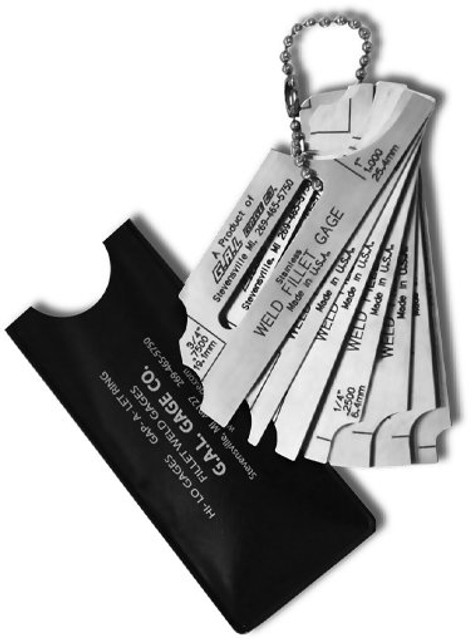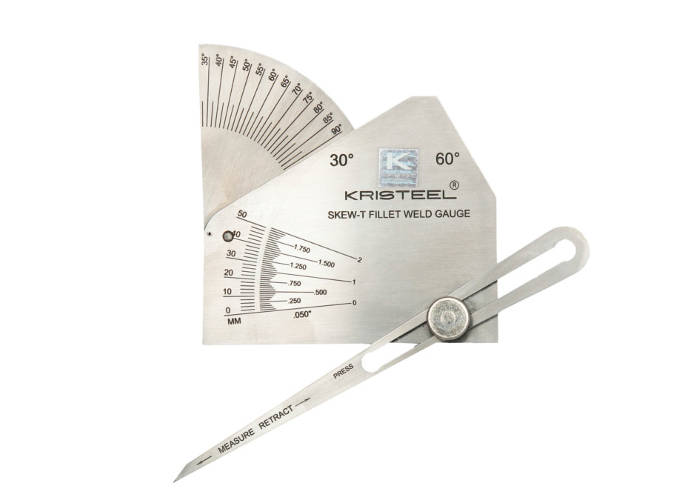Fillet Weld Layout Strategies: Maximizing Joint Performance and Visual Appeal for Structural Stability
In the world of structural design and manufacture, the relevance of fillet weld style strategies can not be overstated. These methods play a critical role in not only making certain the performance and architectural stability of joints yet also in enhancing the overall appearances of the finished product. By thoroughly thinking about variables such as weld account optimization, product option, joint prep work strategies, welding procedure performance, and aesthetic enhancement designers, producers and methods can attain a harmonious equilibrium between functionality and appearance in their welded structures. The combination of these aspects not just causes robust joints but likewise elevates the visual appeal of the end product.
Weld Account Optimization


Achieving an optimal weld account includes a thorough consideration of factors such as material density, joint arrangement, welding placement, and preferred welding rate. Additionally, the selection of suitable welding parameters, such as voltage, current, and take a trip rate, is basic in controlling the shape and measurements of the fillet weld. Making use of innovative welding methods, such as pulse welding or robot welding, can better refine the weld profile to meet certain design demands and high quality standards.
Basically, weld profile optimization is an essential aspect of fillet weld design that straight affects the total performance and integrity of bonded joints in structural applications.
Material Option Factors To Consider
When considering product selection for fillet weld style, the compatibility of the base steels is an essential aspect influencing the architectural integrity of the joint. It is necessary to choose products that not just bonded with each other effectively however additionally have comparable mechanical homes to guarantee the lots is evenly distributed in between the weld and the base steels. Welding products with greatly various residential or commercial properties can cause problems such as anxiety focus, early joint failure, or fracturing.
In addition, the atmosphere in which the bonded structure will certainly run should be taken into account when picking products. Variables like rust resistance, temperature changes, and exposure to chemicals can all impact the durability and efficiency of the weld joint. By selecting products that are suitable for the designated application and setting, the general resilience and integrity of the bonded joint can be considerably improved.
As a result, detailed consideration of material compatibility and ecological elements is vital in ensuring the weld joint's toughness, toughness, and total architectural integrity.

Joint Prep Work Methods
Considering the important function material choice plays in ensuring the architectural integrity of fillet weld joints, it is necessary to execute precise joint prep work methods that enhance the link in between the base metals. Joint preparation is a crucial action that straight influences the top quality and stamina of the weld. One essential technique is the cleansing of base steels to get rid of any type of contaminants like rust, oil, or paint that could compromise the weld's honesty. This original site can be accomplished through techniques such as grinding, cable brushing, or chemical cleaning.
Moreover, proper fit-up of the joint is vital to find out here now make sure uniform distribution of the welding product and prevent issues like insufficient infiltration or too much build-up. Beveling the edges of the base metals can create a groove that permits much deeper weld penetration and a stronger bond. Additionally, tack welding the parts in location prior to the last weld aids keep positioning and reduces distortion during the welding procedure. By diligently following these joint prep work techniques, welders can improve the overall efficiency and aesthetic appeals of fillet weld joints while making certain architectural strength.
Welding Refine Effectiveness
Reliable welding processes are crucial for accomplishing optimum performance and high quality in fillet weld construction. Procedures like gas metal arc welding (GMAW) and flux-cored arc welding (FCAW) are frequently made use of for fillet welds due to their versatility and rate.
Additionally, making sure appropriate tools arrangement and maintenance is important for efficient welding. Routine calibration of welding makers, examination of consumables, and upkeep of soldering iron can prevent downtime and rework, inevitably conserving time and sources. In addition, using competent welders with know-how in the particular welding procedure being made discover this use of can considerably influence performance. Well-trained welders are extra proficient at changing parameters, repairing issues, and preserving regular weld top quality.
Aesthetic Improvement Approaches
To maximize the quality of fillet weld construction, implementing visual enhancement approaches can play an essential function in guaranteeing accuracy and precision during the welding process. Aesthetic help such as weld size assesses and multiplying lenses can assist in examining weld accounts and dimensions accurately. By integrating these aesthetic enhancement methods right into the welding procedure, welders can achieve not only structurally audio fillet welds but likewise aesthetically enticing outcomes that satisfy sector criteria.

Conclusion
To conclude, maximizing fillet weld design involves cautious consideration of weld profile, product option, joint prep work, welding procedure efficiency, and visual improvement methods. By applying these techniques, structural integrity can be boosted while also accomplishing aesthetic allure. It is essential to prioritize both performance and aesthetic appeals in fillet weld design to make sure the overall high quality and durability of the joint.
By carefully thinking about variables such as weld account optimization, product choice, joint preparation methods, welding process performance, and visual improvement designers, techniques and fabricators can attain an unified equilibrium between performance and appearance in their bonded structures.In the world of fillet weld design, maximizing the weld account plays a crucial function in making sure architectural stability and efficiency. The weld account, which includes the size and shape of the weld cross-section, straight impacts the distribution of stress and load-bearing ability within the joint. It is essential to choose materials that not only weld with each other properly but additionally possess comparable mechanical residential or commercial properties to make sure the load is equally distributed in between the weld and the base steels - Gauge Fillet Weld.In verdict, maximizing fillet weld design includes cautious consideration of weld account, material choice, joint prep work, welding procedure performance, and visual improvement techniques
Comments on “Gauge Fillet Weld Specifications: Guaranteeing Quality and Compliance”